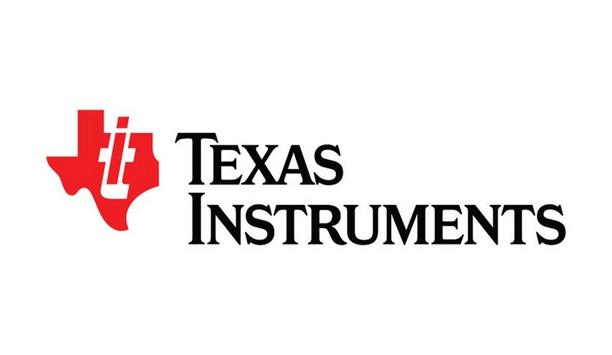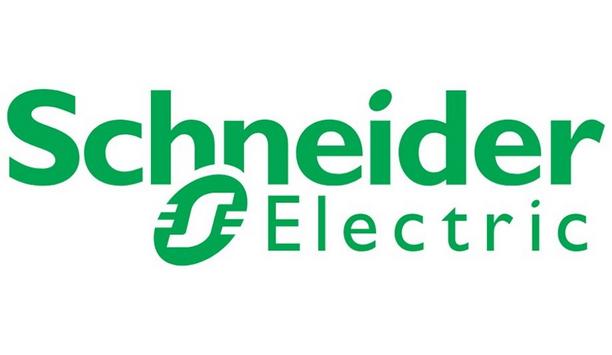Balance for an electric motor refers to ensuring that the rotating parts of the motor, such as the rotor and the shaft, are evenly distributed in weight and properly aligned.
When a motor is balanced, it means that these parts spin smoothly and evenly, without causing any unnecessary vibration or wobbling.
Balancing the electric motors during a repair is important for several reasons:
- Reducing Vibration: When an electric motor is out of balance, it can cause excessive vibration, which can damage the motor and other components in the machinery. By balancing the motor, they can reduce the vibration and prevent unnecessary wear and tear on the machine.
- Increasing Lifespan: Over time, an unbalanced motor can cause damage to its bearings, shafts, and other components. By balancing the motor, they can prevent premature wear and extend the lifespan of the motor and the machinery.
- Ensuring Safe Operation: An unbalanced motor can also create safety hazards by causing excessive vibration, which can lead to mechanical failure or even catastrophic failure. By balancing the motor, they can ensure safe and reliable operation.
Overall, balancing the electric motors during a repair is an important step to ensure that the motor is running smoothly, efficiently, and safely. It can help to prevent costly repairs, extend the lifespan of the motor, and improve the overall performance of the machinery.
What are the steps of balancing an electric motor?
Balancing an electric motor or any rotating apparatus requires time to make sure they get the balance correct.
Here are the basic steps they take when balancing a motor:
- Check the motor: Before balancing, ensure that the motor is clean and has no loose parts
- Test the initial balance of the motor: They utilize a Schenk balancing machine that spins the rotor and uses computerized software to determine the balance of the rotor.
- Attach correction weights: The trained technician evaluates the report from the Schenk balancing machine and determines where to add correction weights onto the rotor.
- Test the new balance of the motor: After the technician has added more (or less) weight to the motor, they then test the motor’s balance to view the report.
- Repeat until standards are met: The technicians repeat the process of adding or subtracting weight to the motor, testing the balance, and then reading the report. They do this until they meet the balancing guidelines.
What standards are used for balancing a motor?
Dreisilker follows ISO 1940-1 Standards. The balancing rating is determined by speed and weight; however, they consistently exceed the standards by going to the next balancing grade.
Overall, balancing the electric motors during a repair is an important step to ensure that the motor is running smoothly, efficiently, and safely. It can help to prevent costly repairs, extend the lifespan of the motor, and improve the overall performance of the machinery.






